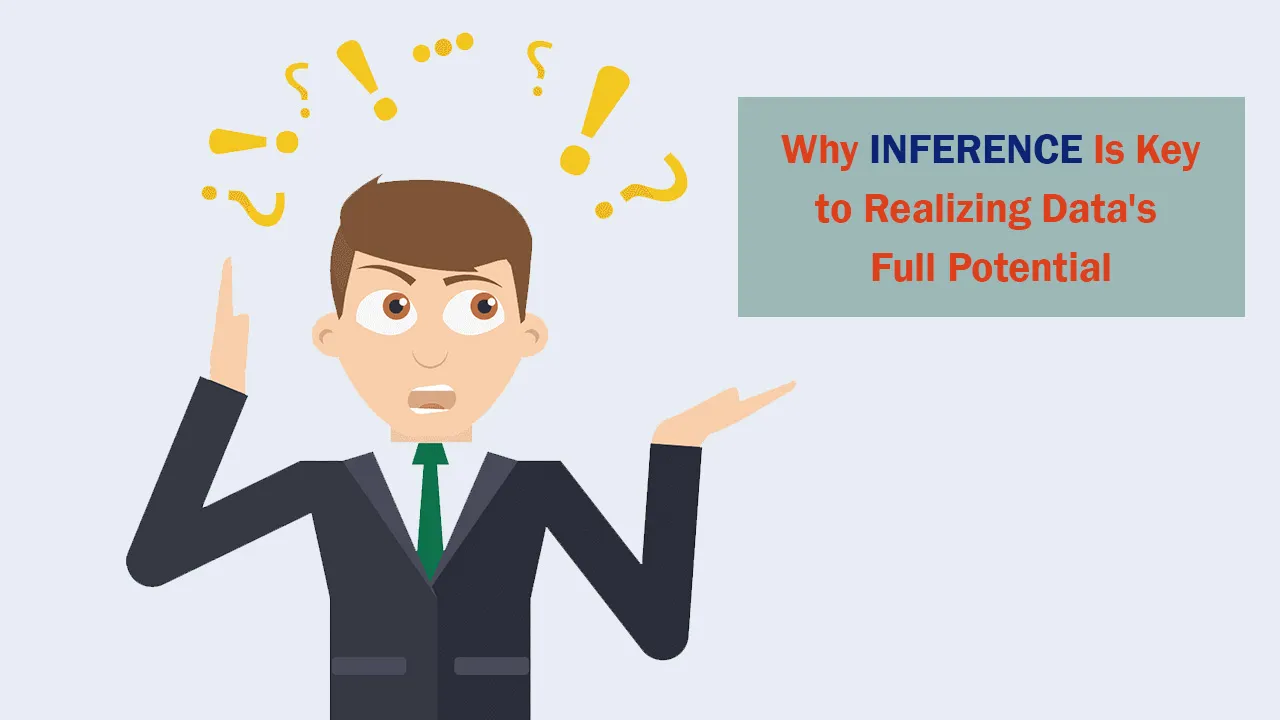Leveraging a knowledge graph’s inference capabilities, organizations can extrapolate new data connections and explain any new connection they create.
Digital transformation is all the rage, and in most cases, the goal of digital transformation is to treat data like an asset. In some instances, that means monetizing data, and in others, the goal is to leverage data more efficiently to derive insight to make better decisions. However, in reality, both are hard to achieve. Digital transformation demands rapid insights from increasingly hybrid, varied, and changing data, but traditional data integration platforms were not designed for today’s environment. As a result, organizations can no longer keep up with data’s growing complexity, nor can they identify hidden relationships and connections between the data to uncover new opportunities. Increasingly, what’s needed is an inference capability that allows companies to bring different datasets together and analyze them to derive insights.
Driving growth and innovation in today’s complex world of never-ending data capture is only possible when IT teams can break free of rigid data structures and outdated integration styles.
Agility is key to business success, and enterprises are desperate to make data usable when it counts, not for answers tomorrow or next week, but for right now.
But deriving untapped value requires the ability to connect data based on its business meaning, irrespective of the format, source, or underlying tech. The sheer amount of data derived from machine learning and other sources require the ability to associate related information stored in disparate sources and then apply a rich web of relationships to discover new associations. This is key to realizing the promise of digital transformation. But how does one go about achieving this?
#analytics #big data #big data analysis tools #from our experts #internet of things #digital transformation #graph analytics
